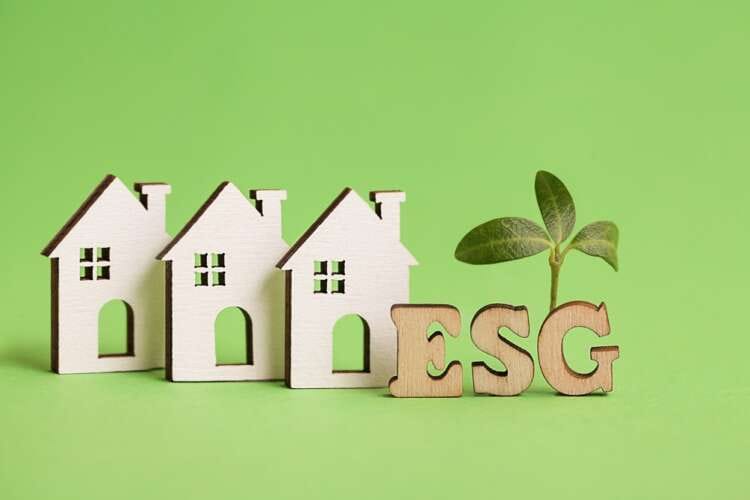

Dawn Fowler-Stevens, chief strategy officer ,Aster Group
Dawn Fowler-Stevens, chief strategy officer at Aster Group, argues that the social aspect of ESG too often takes second place to environmental sustainability and that, following the pandemic, gearing CSR strategies to achieve social, not just environmental, benefits will become crucial for businesses.
COP26 set the tone for 2022, with many businesses using the summit as a platform to put forward their own environmental objectives. This gear shift was essential, but there is a risk that ESG strategies become too narrow, focusing solely on eco-driven measures.
Big four accountancy firm, KPMG’s 2021 report into ESG highlighted that the social element of the framework has not traditionally garnered the same level of attention as the environmental and governance aspects, both of which are now widely understood, even if it’s still the ‘E’ that’s discussed most prevalently.
The pandemic shone a harsh light on social imbalance and, while they haven’t benefitted from the fanfare of a conference like COP26, public understanding of these inequalities is improving. As such, businesses should expect to be judged more on the ‘S’ in their ESG strategy, and not just the ‘E’.
Social purpose in the housing sector
Working in social housing, it’s vital that social requirements form part of a comprehensive ESG strategy. Bettering communities is a fundamental part of our remit.
Pressure to address social issues is growing and, in many communities, the solution starts with access to safe, affordable housing.
Consequently, housing associations have arguably been trailblazing sustainability investment for some time, having raised over £4bn worth of funding last year from sustainable bonds, with our own £250m issuance being one of the first.
Our issuance attracted a much wider range of backers than seen on our previous non sustainable transaction, creating links between social housing and the financial sector that I’m sure will create opportunities, both for us and other HAs.
More and more of the big lenders that this sector relies on to fund our development programmes are offering ESG-linked products. Aster Group was one of the first housing associations outside of London to publish an ESG report – which complemented the sustainability bond we issued soon after – and others have followed suit.
Having a specific use of proceeds attached to our funding provides a clearer framework to help us deliver housing developments that do more than just provide roofs over heads. It helps us deliver amenities and facilities, as well as ongoing programmes of support that require collaboration with a variety of other businesses, community groups and political stakeholders.
Applying social objectives to our funding structures is, in many ways, a natural step for housing associations because social improvement is our primary function. But having a positive impact on communities is becoming an expectation for businesses generally as well. So, exploring similar ‘sustainably-linked’ funding models could be the key to driving this agenda, alongside profitability and growth.
Social purpose and profit aren’t mutually exclusive
Housing associations do have an advantage when it comes to driving the social aspect of ESG. Our direct connection to communities, through the relationships we have with our customers, puts us in a unique position to understand social challenges and instigate change. Social purpose is central to our role, whereas being a force for good in society may be a secondary aim for private sector businesses.
But as pressure mounts on other organisations to demonstrate their positive impact on communities and the environment, finding ways of focusing on ethical priorities alongside their commercial ones will be key. Funding models that take all aspects of ESG performance into account could be key to ensuring that social purpose and the profit motive aren’t opposing forces.


